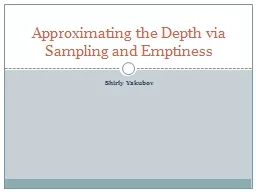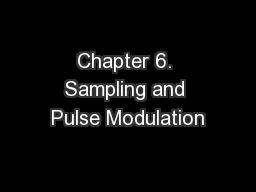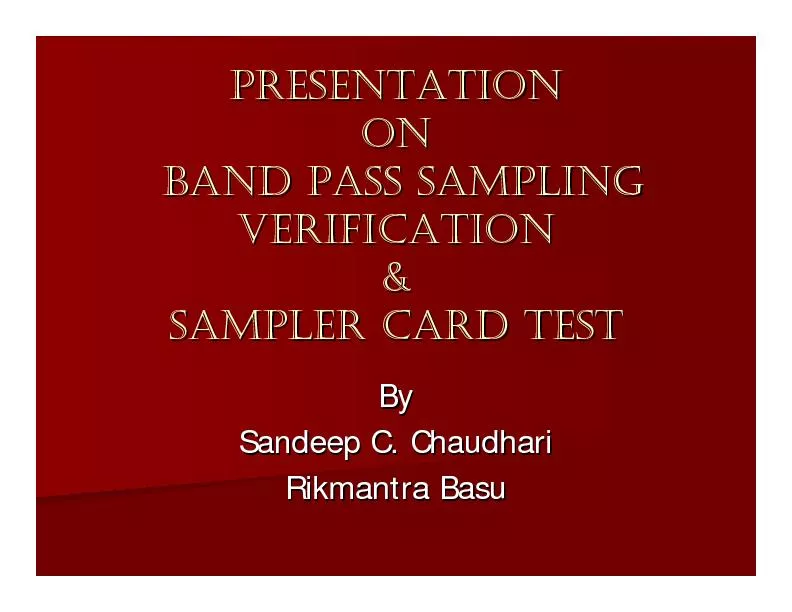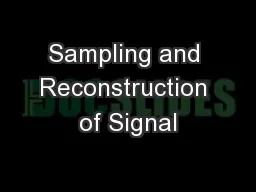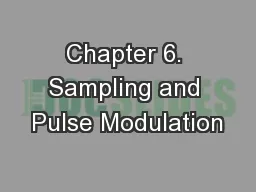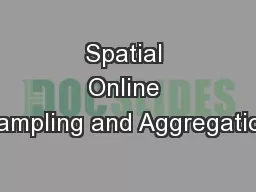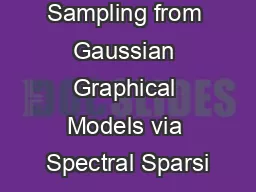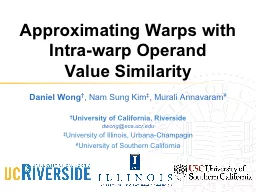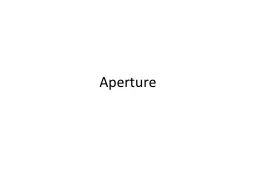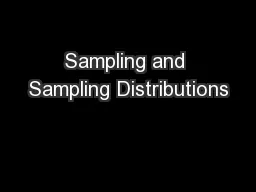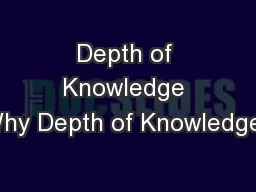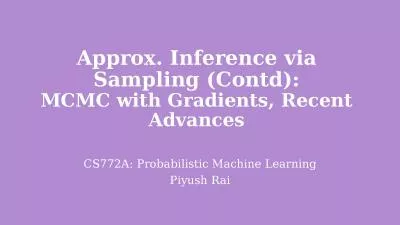PPT-Approximating the Depth via Sampling and Emptiness
Author : giovanna-bartolotta | Published Date : 2018-10-06
Shirly Yakubov Motivation Given a set S of n objects we want to store them in a datastructure that could answer range queries For a range r we have rangesearching
Presentation Embed Code
Download Presentation
Download Presentation The PPT/PDF document "Approximating the Depth via Sampling and..." is the property of its rightful owner. Permission is granted to download and print the materials on this website for personal, non-commercial use only, and to display it on your personal computer provided you do not modify the materials and that you retain all copyright notices contained in the materials. By downloading content from our website, you accept the terms of this agreement.
Approximating the Depth via Sampling and Emptiness: Transcript
Download Rules Of Document
"Approximating the Depth via Sampling and Emptiness"The content belongs to its owner. You may download and print it for personal use, without modification, and keep all copyright notices. By downloading, you agree to these terms.
Related Documents

